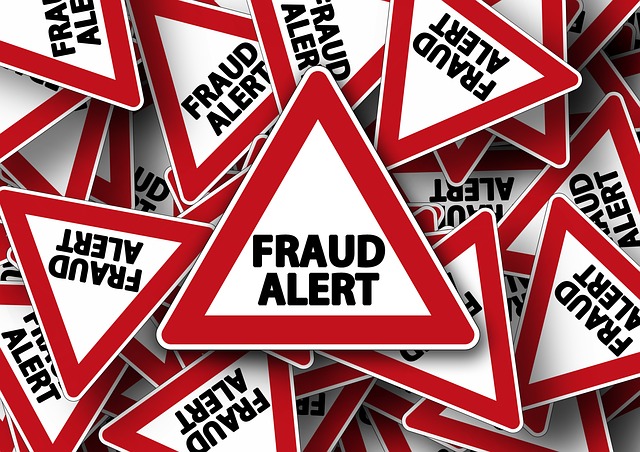Credit card fraud is a form of identity theft that involves an unauthorized taking of another’s credit card data for the purpose of charging purchases to the account or removing funds from it.
In 2014, worldwide credit card fraud reached $16.31 billion when global card volume totaled $28.84 trillion. Meaning that for every $100 in volume, approximately 5.65¢ was fraudulent.
North America was the continent most affected by data breaches in 2014, accounting for 76% of breaches in the world. The United States alone accounted for 72% of breaches in the world.
Fraud is a major threat to merchants. With the growing popularity of online and mobile shopping, it is important for businesses to use fraud prevention methods to help their websites operate smoothly.
How Businesses Can Prevent Credit Card Fraud
CVC2 & CVV2 Verification – These three-digit codes keep online sales secure by confirming that a customer’s account number is authentic. Remember to ALWAYS require this security code!
Address Verification Service (AVS) – AVS is an automated fraud prevention service that helps detect faulty credit card sales by checking the billing address against other addresses provided by the issuing bank. Internet retailers should use AVS before shipping products to customers.
PCI Compliance – Being PCI compliant means a merchant fulfills the requirements of the Payment Card Industry Data Security Standards, helping to keep a customer’s information secure and private.
Data Breach Protection – Defends against unencrypted personal information falling into the hands of a fraudster. Breach protection includes installing firewalls and antivirus software on a merchant’s website.
Location by IP Address – Merchants should use fraud prevention technology to make sure a customer’s IP address matches the credit card address. For transactions with questionable locations, a merchant can apply extra security measures to determine if the sale is legitimate.
Ways Criminals Steal Credit Card Data
Online merchants have a high risk of credit card fraud because they typically facilitate card-not present transactions on a website. There are four types of fraud and loss – chargebacks, merchant identity fraud, merchant credit risk, and buyer identity fraud.
- Chargeback – This is a charge a merchant has to pay after a customer successfully disputes an item on his or her credit card statement.
- Merchant Identity Fraud – This occurs when a criminal charges stolen credit cards to a fake merchant account, collects the profits, and disappears before the transactions can be cancelled.
- Merchant Credit Risk – If a merchant is obliged to pay a chargeback, but they are unable to cover the funds, their credit is put at risk.
- Buyer Identity Fraud – This occurs when a fraudulent customer uses a stolen credit card to purchase a product from a merchant.
Every merchant should be aware of credit card fraud. Although it is not 100% avoidable, using certain procedures will greatly decrease the chances of falling victim to fraud. These fraud prevention methods are crucial to a merchant’s online safety and without them, the merchant is at a much higher risk for credit card fraud.

